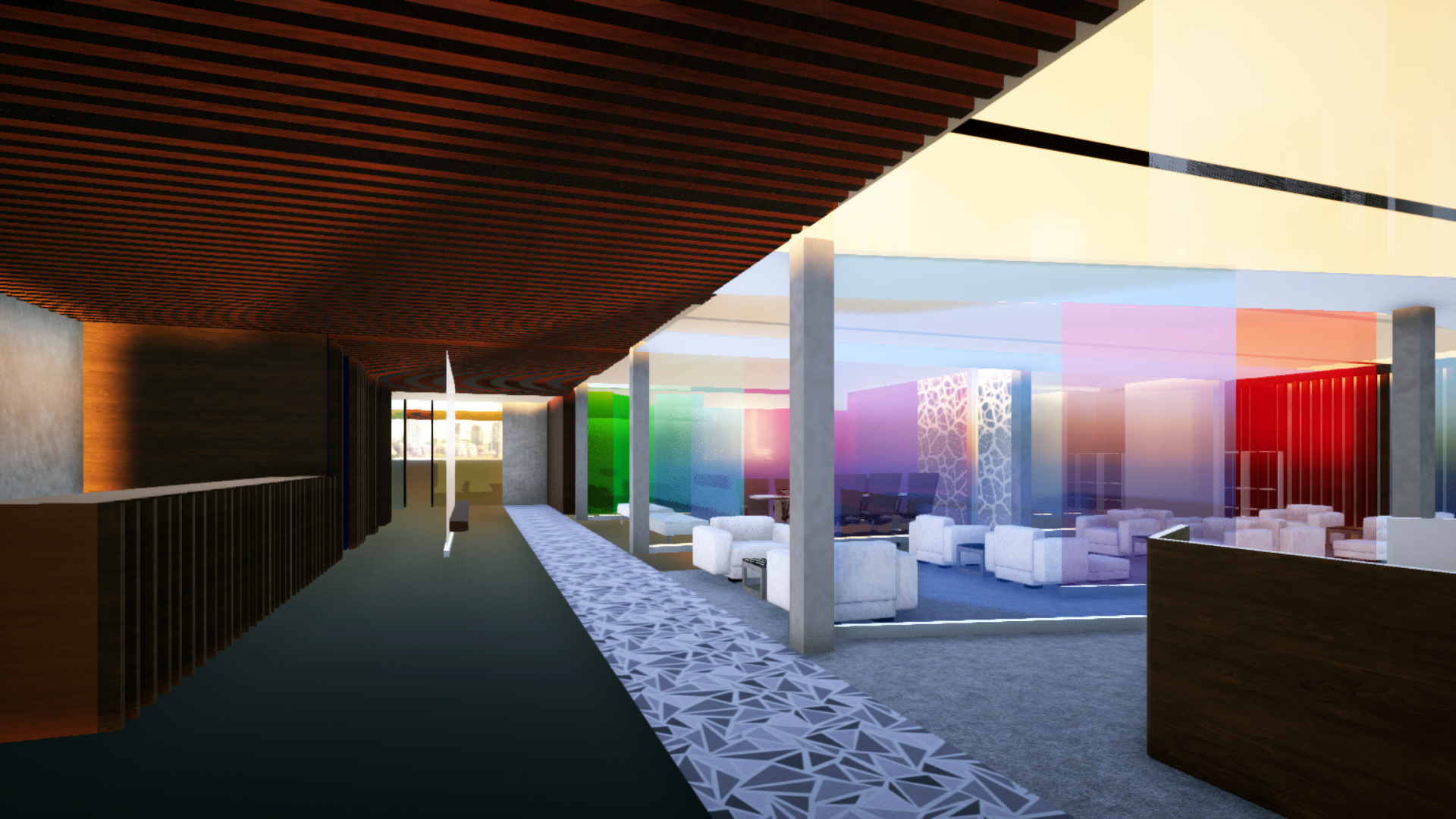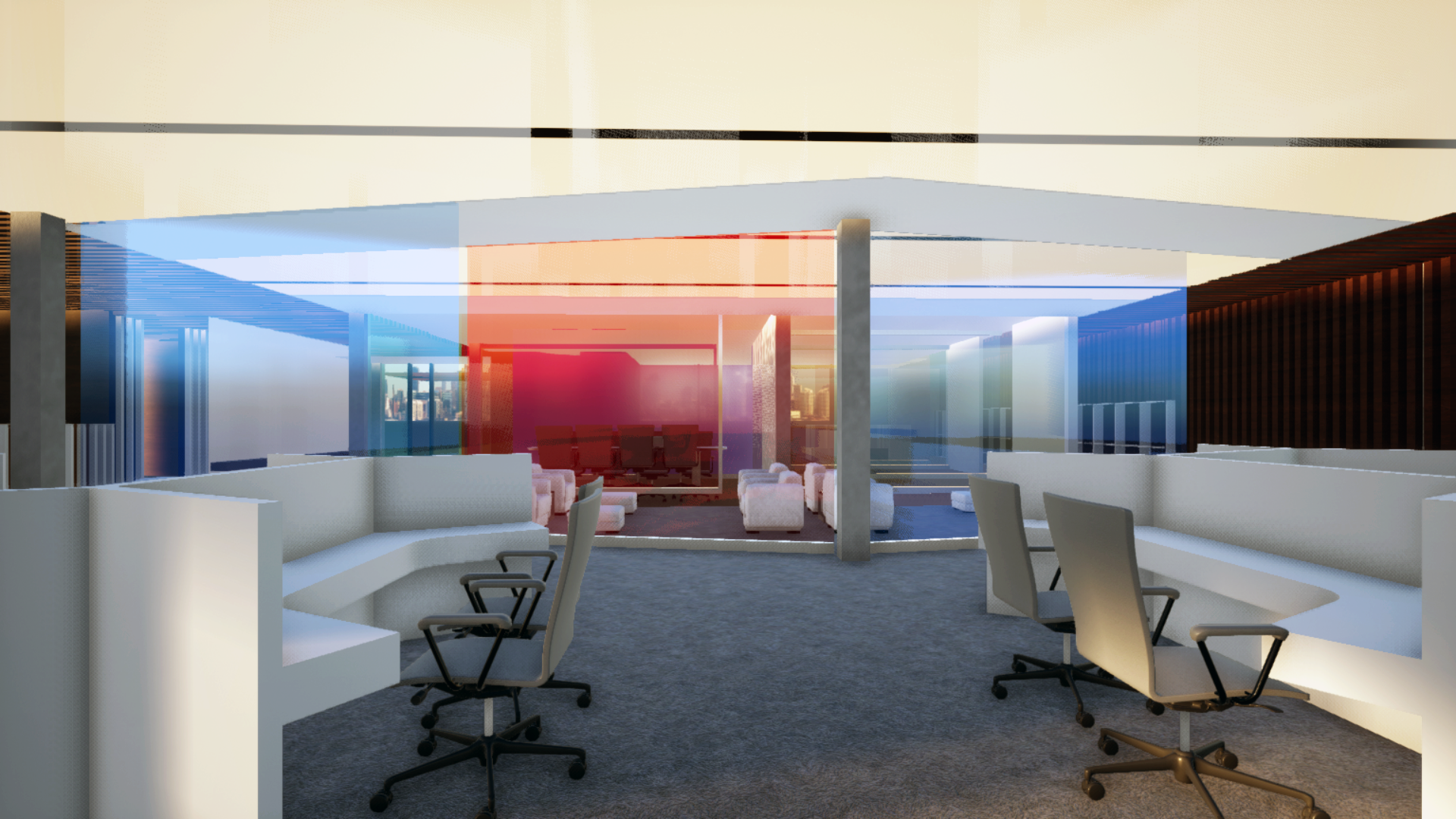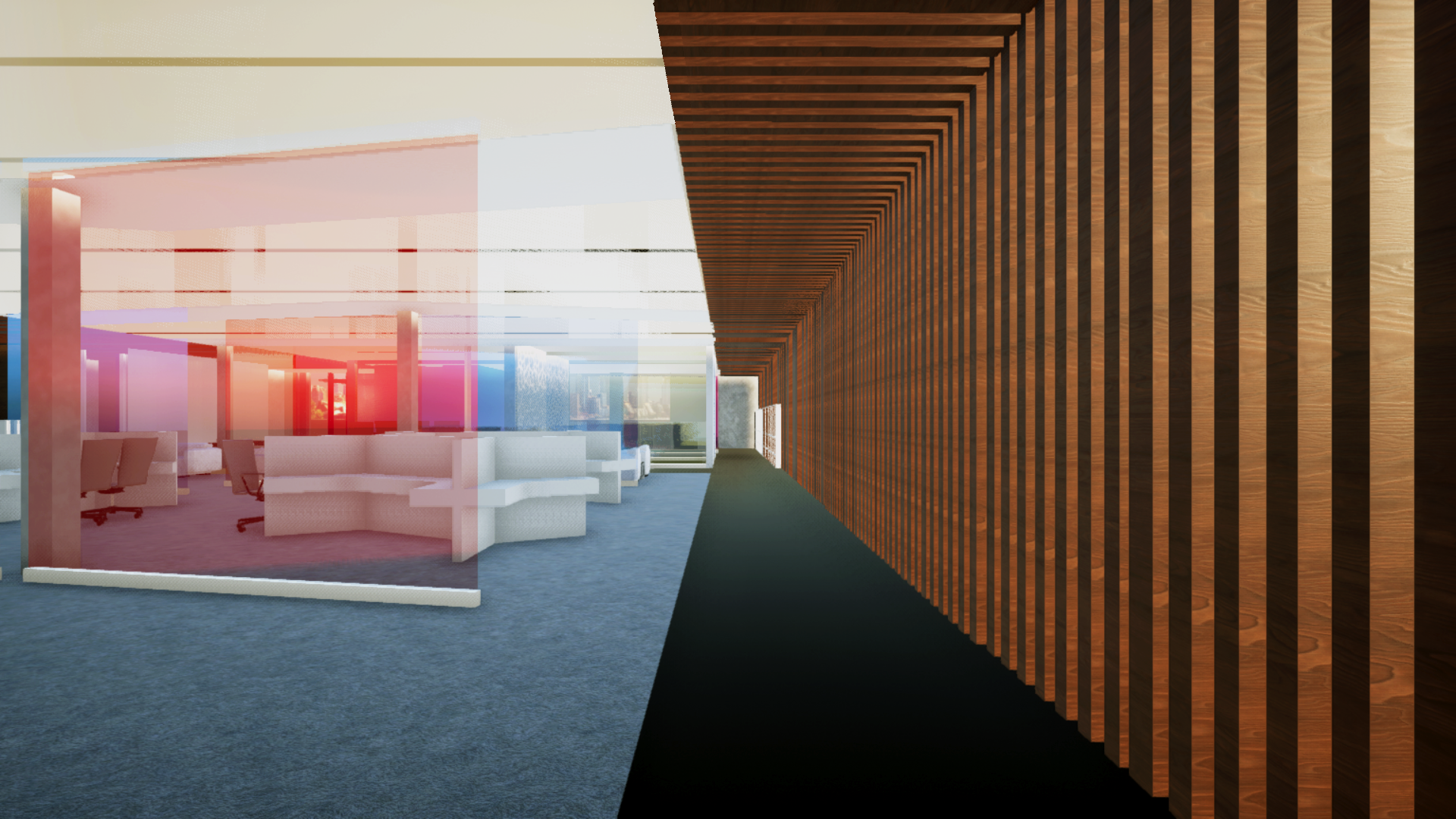Office Furniture Showroom
Mirrors are more than a tool we use to reflect upon ourselves. Mirror-like materials are widely implemented in architecture to broaden a space, multiply views or introduce views from beyond. Incorporating reflection in design allows one to think about design not only programmatically, but experientially.
Reflections are mysterious in a way: sometimes they are obvious, other times they take more effort to figure out what is happening. Although most people can understand the common reflections seen in pools of water, or ordinary mirrors, architects have a finer application of reflective surfaces in small details that perhaps may be missed at first glance. For example, some designers use reflections as a responsive material to existing elements to emphasize the quality of a space. This project multiplies the qualities of the exterior plaza and interior enclosing walls as well as the furniture on display. The perception of these elements is also altered by adding color to the reflective glass partitions. A simple tour of the showroom results in an unexpected sequence of changing reflections and colors. In this way, we cannot border design; it is not only about functionality and aesthetics, but about experience.



Views into the Office Showroom
Floor Plans for Furniture Showroom (left) + Office Showroom (right) on Court Street
Reflected Ceiling Plan of Office Showroom
Section through the Office Showroom
Scenes of the Office Showroom